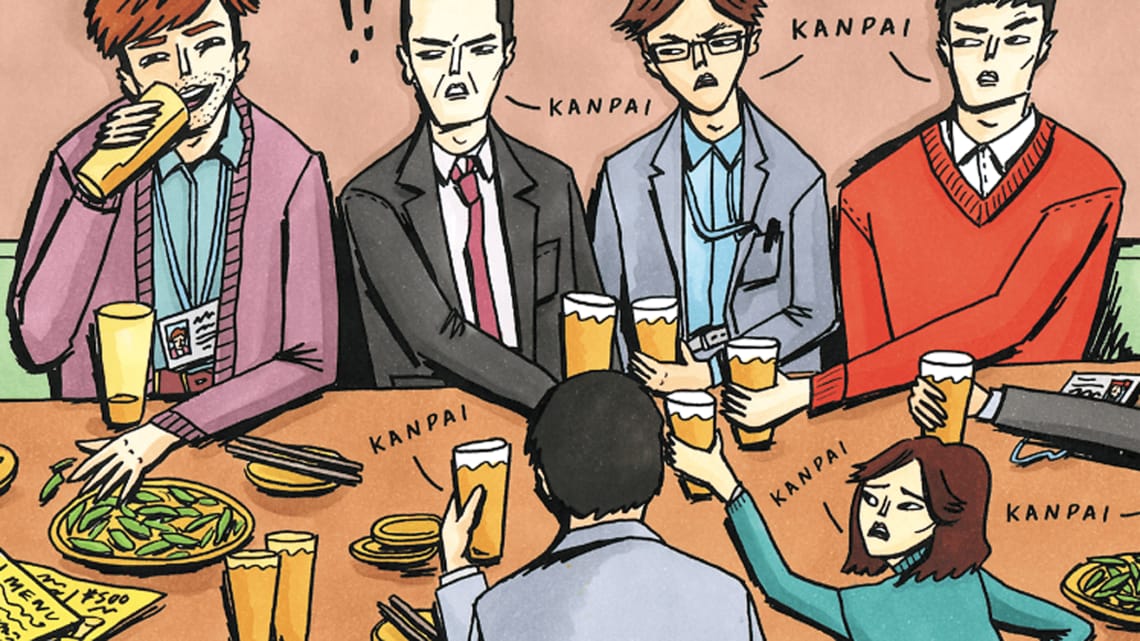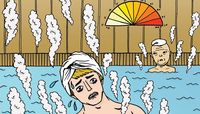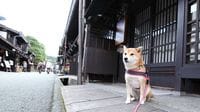
When in Japan, do as the Japanese do. In this case, we’re referring particularly to drinking – and the culture of ‘nomikai’ (work drinking party). Nomikai is an integral part of the Japanese workplace, meant to ease stress and forge friendships. Technically you are not forced to attend, but skipping is a taboo. These are my tips for knocking back a few at a Japanese izakaya – they should also come in handy at all those end-of-year work parties.
DON’T: Pour your own drink
It is considered rude to pour your own drink. That job falls on whoever is sitting near you. Rather than topping up your own glass, pick up the bottle or jug and offer some to your neighbour (even if their glass isn’t empty). Once you pour for them, they will reciprocate. You get beer, social protocol is followed, and everyone is happy! Typically the drink-pouring duties follow a hierarchy, with the more junior members tasked with keeping everyone’s drinks full.
DO: Kanpai before taking a sip
The number-one rule for drinking in Japan is that you should never drink alone. To kick off any social gathering, everyone gets a glass of beer, shouts a collective kanpai (cheers!), clinks glasses, and drinks. The first kanpai of the night is the biggest and while you definitely don’t have to say it every time you take a sip, you should still make eye contact and raise your glass before you drink.
DO: Get drunk!
During my first nomikai, I did the socially-acceptable-in-corporate-America thing of drinking half a glass of wine and chatting about safe, neutral topics. Until, of course, two cases of beer later when one of my bosses started singing an AKB48 song and the co-worker I was chatting to confessed a deep, emotional secret about her love life. Pretty soon after that I got on board with the whole let’s-drink-and-get-crazy rule of nomikai.
DON’T: Be afraid to drink non-alcoholic drinks
Remember, if you’re a lightweight or are uncomfortable with getting blackout drunk, you can switch to non-alcoholic drinks as the night progresses. The important part is that you’re still drinking. Oolong tea is a very popular, respectable alternative for anyone, regardless of your nationality or gender.
DO: Break social barriers
Alcohol is a social lubricant in many countries, with Japan near the top of the list. Drinking alcohol brings people together, helps to de-stress them after long workdays, and allows for exchanges that are impossible when sober. It’s also one of the few ways to form ‘strong, masculine’ bonds between men in corporate Japan.
DO: Keep it real
The most real conversations I have had in Japan occurred at an izakaya with friends, co-workers and family members. Before my husband and I announced to his very traditional salaryman father that we were engaged, we plied him with half a bottle of expensive sake. To date, the only times I have ever heard my father-in-law talk about personal stuff have been when we’re sitting around the dinner table drinking beer or sake.
DON’T: Be afraid to pass out on the street
If I had 100 yen for every time I saw a salaryman passed out in the street, against the side of a building, on a train bench, or in the gutter, I could happily retire on a small island in Okinawa. Being intoxicated in public isn’t frowned upon as much in Japan as it is in other countries, especially when it comes to salarymen returning home from a nomikai.
DON’T: Slip up the next day at work
You might stay out until 3am drinking and making nice with your co-workers, but come 8am the next morning, you slide back into your socially dictated roles in the company. No matter how epic the nomikai was or how many heart-to-heart talks you had, you don’t mention them. It's business as usual.
(Written by Grace Buchele Mineta/Time Out Tokyo)
Related articles from Time Out Tokyo Watch the first sunrise in Tokyo Christmas markets in Tokyo Tokyo illuminations 2015-16



